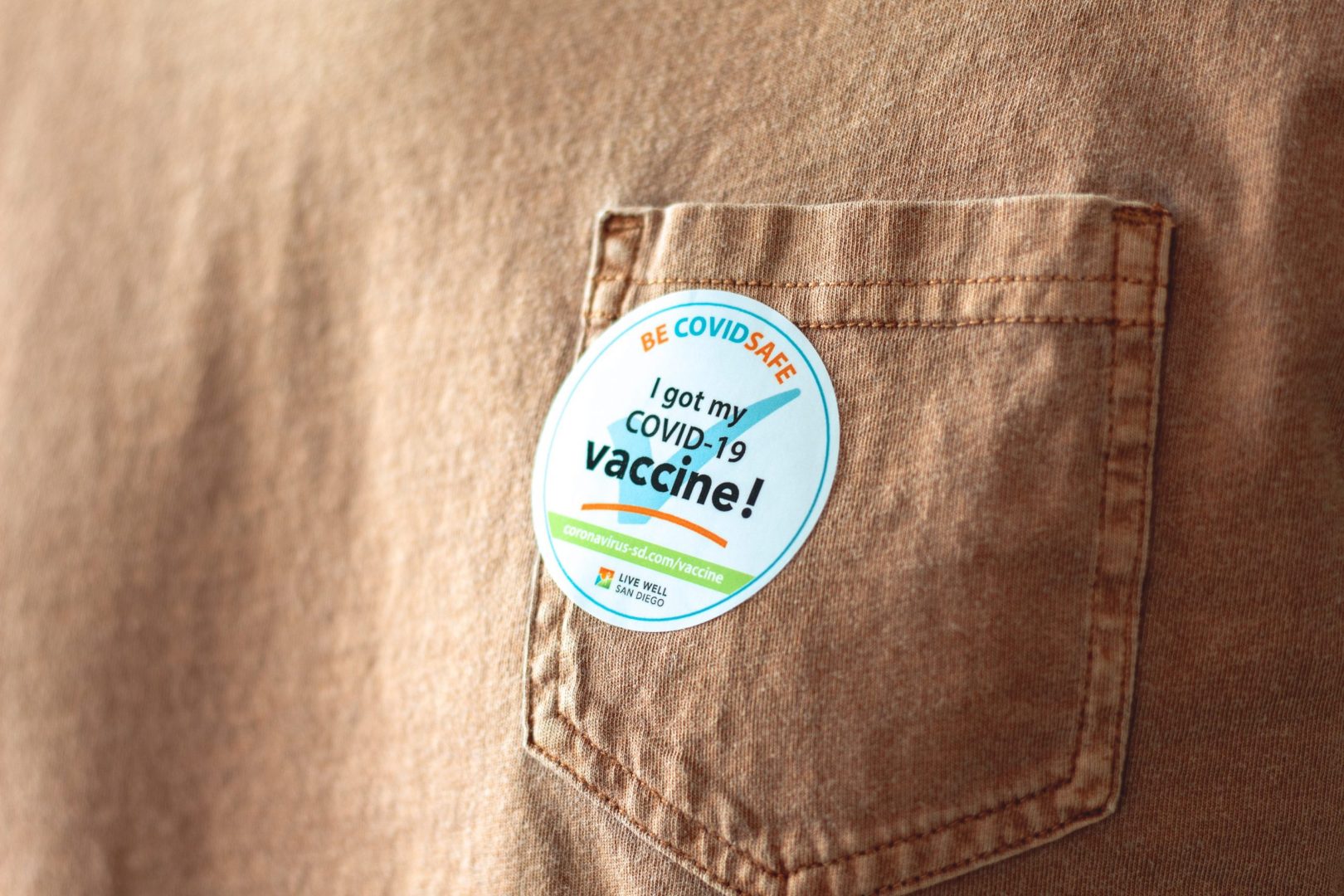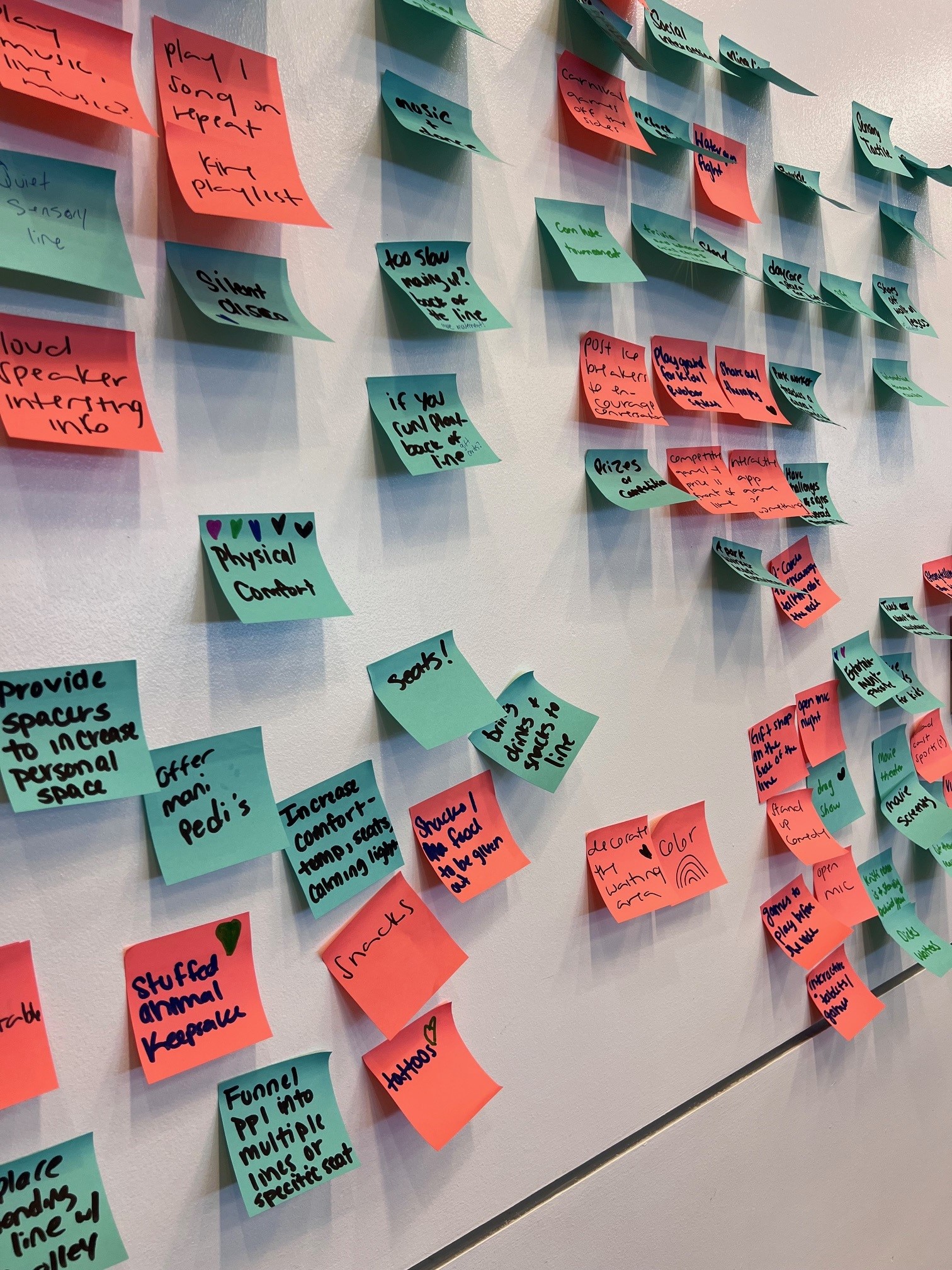Dive deep into county-level data to identify factors contributing to the sexual and reproductive health outcomes of young people in your community!
Here is your mission, should you choose to accept it:
Dive deep into county-level data to identify factors contributing to the sexual and reproductive health outcomes of young people in your community, identify leverage points to improve health outcomes, and execute a plan for positive change.
If you choose to accept your mission, proceed to the Instructions Section.
Instructions:
- Gather county-level data from the Youth Risk Behavior Surveillance (YRBS) and your state health department.
- Pull key state and county-level health behavior and other data, including:
- Demographic data as reported by respondents: age, sex, gender, sexual orientation, race, and ethnicity;
- Health behaviors such as, but not limited to sexual health, mental health, violence, bullying among LGBTQ+ youth, substance use, housing stability, and food insecurity;
- Outcome data such as state and county birth and STI rates; school enrollment, attendance, and graduation and graduation equivalency data; and, if useful, data related to post-secondary education and employment.
- We strongly advise that you do not undertake this mission alone. Expand your crew by inviting the community to join the mission. Include folks who care about, interact with, and support young people, and those who live and work in the community. Consider:
- Teachers, social workers, guidance counselors, school administrators, and higher education faculty,
- Parents and guardians, and
- Community members, civic leaders, faith leaders, and business owners who employ young people in the community now and in the future.
- Facilitate your crew’s first work session. Review county-level health sexual and reproductive and other health behavior and outcome data.
- Discuss the data in small teams using the following questions, and share with the entire crew afterward:
- What was most surprising about the data? Why?
- How do these data challenge your assumptions about adolescent health in your community?
- Who else should we invite to be part of our crew?
- What questions do you have for young people in the community?
- What questions do you have for other key folks in the community?
- Are there other county data or information (e.g., policies) that we didn’t consider that you’d like to explore?
- Identify the contributing factors related to the health outcomes of youth in your community.
- Determine which leverage points are most likely to result in the greatest movement toward improving youth health outcomes.
- Build a plan with your crew.
- Identify and invite additional crew members who will contribute to successful execution of the plan.
- Fire up your crew and execute your plan!
One final note, your mission must be sustained and periodically replicated to ensure the plan is on course. Success will be measured by evidence of improved health outcomes among youth in your community.
After reviewing this document, if you believe you are fit for this mission and are willing to dive deep for the young people of today and future generations, welcome aboard!
If you are not ready to take on this mission, reflect on why that is and what you need to get ready. We are always looking for dedicated folks like yourself as candidates for future missions, maybe even one with a crew of young people from your community!
What’s it going to take to get you to say yes?








